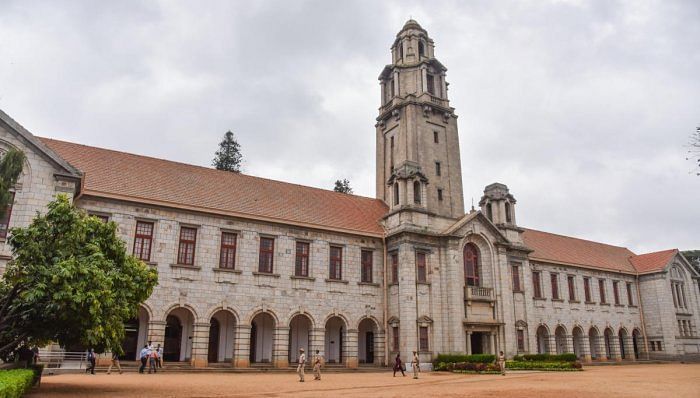
Ongoing research at the Indian Institute of Science (IISc) could lead to communication antennas that can empower 6G technology to ensure faster and more bandwidth-efficient movement of signals.
The 6G technology is instrumental in realising efficient V2X (Vehicle to Everything) communications through which vehicles can share real-time information and establish an intelligent system to manage journeys.
A recent study by a team led by Debdeep Sarkar, Assistant Professor at the Department of Electrical Communication Engineering, has shown how self-interference in full-duplex communication antennas can be reduced and signal movement made smoother.
Full-duplex antennas – consisting of a transmitter and a receiver to send and receive radio signals – aid applications that require almost instantaneous relay of commands, like driverless cars. Traditional radio transceivers are half duplex; they either use signals of different frequencies for sending and receiving or there is a time lag between the transmitted and received signals. While this time lag ensures that the signals do not cross paths, it also compromises the efficiency and speed of signal transfer.
Full-duplex systems where both the transmitter and receiver operate signals of the same frequency, simultaneously, are required for faster, more efficient data transmission. Sarkar said he, along with postdoctoral fellow Jogesh Chandra Dash, have been working on eliminating the signal that comes as self-interference in such systems.
The antenna developed by Sarkar and Dash allows it to operate as a full-duplex system. It consists of two ports, either of which can act as transmitter or receiver and are isolated from each other by electromagnetic tools called metallic vias. “In this way, the team managed to cancel out most of the interference passively (through changes in circuit design, without any additional instrument) alongside achieving a cost-effective and compact design,” IISc said.